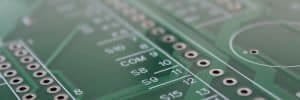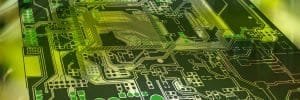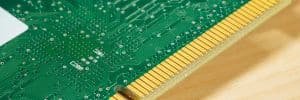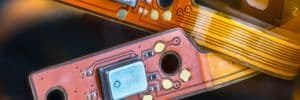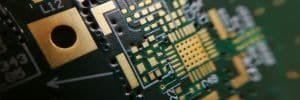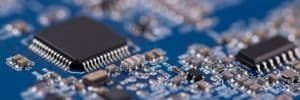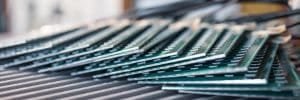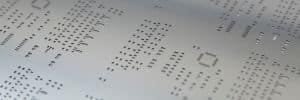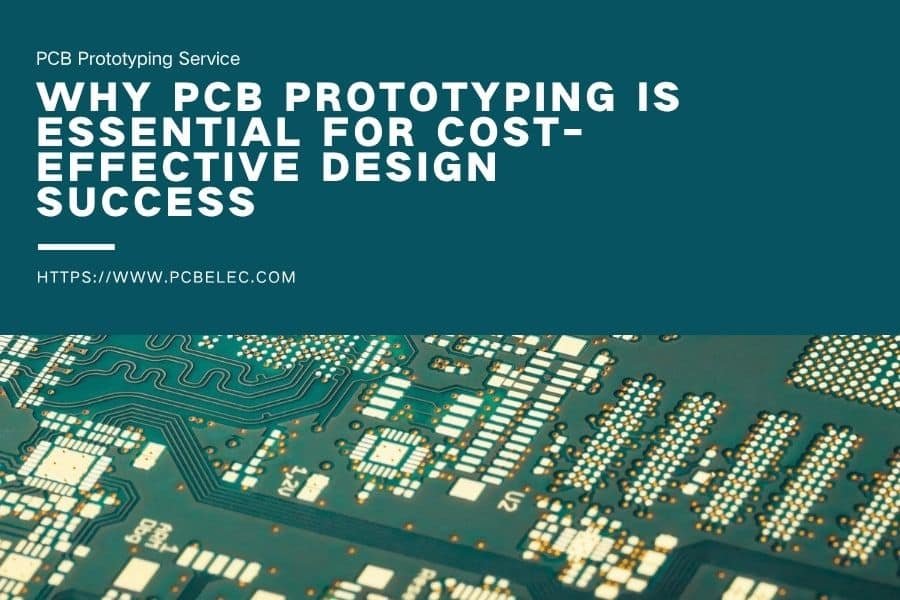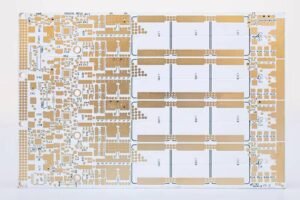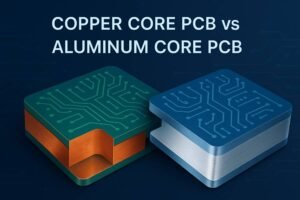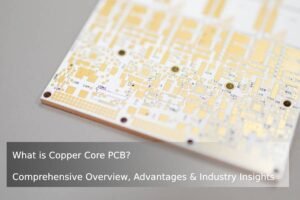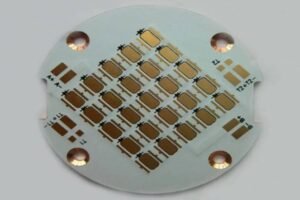At JHYPCB, we know that creating a PCB prototype is a critical step in electronics design. A PCB prototype allows you to validate your design, minimize risks, and ensure a high-quality final product before committing to full-scale manufacturing. With over a decade of expertise in rapid PCB prototyping services, we’ve helped countless engineers and designers bring innovative products to market faster and more cost-effectively.
But why is PCB prototyping so crucial? How does it save time, reduce costs, and improve reliability? In this article, we’ll explore the key benefits of prototyping your PCB design, backed by industry insights and practical examples. Whether you’re developing a simple two-layer board or a complex multilayer HDI design, prototyping is your gateway to success. Read on to discover why you should never skip this vital step.
Table of Contents

Ensure Flawless PCB Design with Rapid Prototyping
Prototyping is the cornerstone of successful PCB design verification. By building a prototype, you can test your circuit board under real-world conditions to ensure it meets all functional and performance requirements. This step significantly reduces the risk of costly errors in full production.
Test Circuit Functionality in Real Conditions
A PCB prototype lets you power up your board and verify that all circuits operate as intended. For instance, you can test critical parameters like signal integrity, power consumption, and electromagnetic compatibility (EMC). According to a 2024 industry report by IPC, over 75% of PCB design flaws are identified during the prototyping phase, preventing expensive field failures. By catching issues like signal crosstalk or voltage drops early, you ensure your design performs reliably.
Verify Physical Dimensions and Component Fit
Beyond electrical performance, a prototype confirms that your PCB’s physical layout is correct. You can check that connectors, buttons, displays, and other components align perfectly with your product’s enclosure. For example, misaligned mounting holes or oversized components can derail a project. Prototyping ensures your PCB fits seamlessly into its intended application.
Validate Against Design Specifications
Prototyping also allows you to test against electrical, thermal, and mechanical specifications. For instance, you can evaluate thermal dissipation to prevent overheating or assess vibration resistance for automotive or aerospace applications. At JHYPCB, our quick-turn PCB prototype services deliver boards in as little as 24 hours, enabling rapid validation of your design.
Fix Errors Cost-Effectively
If testing reveals issues—such as incorrect component selection or layout errors—they can be corrected at the prototype stage with minimal cost. Redesigning a single prototype board is far cheaper than scrapping a full production run. This flexibility makes prototyping an essential risk-mitigation strategy.
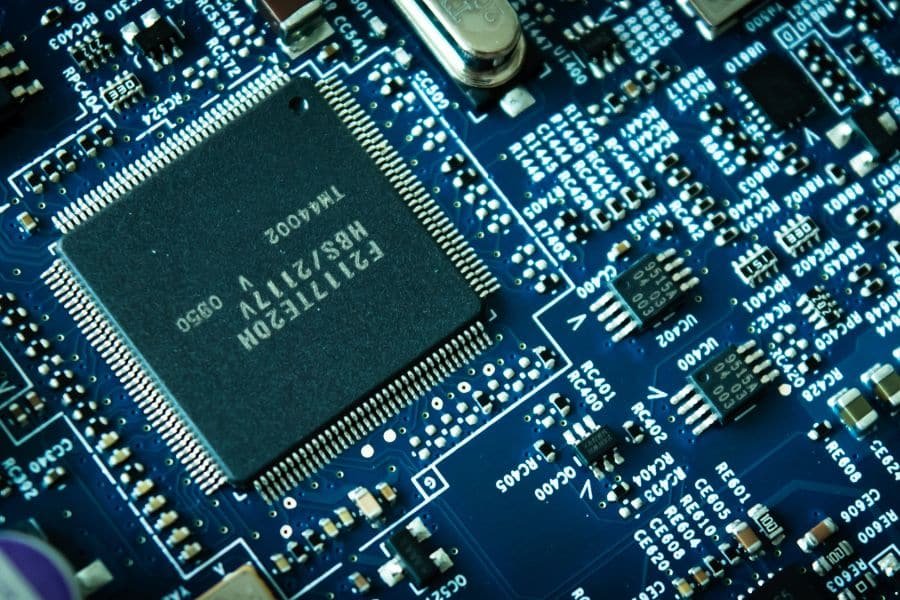
Minimize Financial Risks with Early Design Changes
Prototyping significantly reduces the financial impact of design changes by addressing issues before mass production begins. Modifying a prototype is a low-cost way to optimize your PCB design.
Save on Redesign Costs
If testing uncovers issues like component mismatches or layout inefficiencies, revising a prototype involves only the cost of materials and assembly for a few boards. For example, substituting a capacitor or adjusting a trace layout on a prototype might cost less than $100, while the same change after production could cost thousands due to scrapped boards and retooling.
Avoid Production Delays and Waste
Making changes after manufacturing starts leads to wasted materials, labor, and time. In severe cases, you may need to modify fabrication tooling, which can cost tens of thousands of dollars. A 2023 study by Electronics Manufacturing Insights found that companies using prototyping reduced production rework costs by up to 60%. By perfecting your design early, you avoid these pitfalls.
Case Study: Saving Costs with Prototyping
A JHYPCB client developing a medical device discovered during prototyping that a critical sensor was overheating due to poor thermal management. By adjusting the PCB layout and adding a heat sink in the prototype phase, they resolved the issue for under $500. Had this problem reached production, it would have cost over $20,000 in scrapped boards and delayed the product launch by months. Contact us to learn how our prototyping services can save you money.
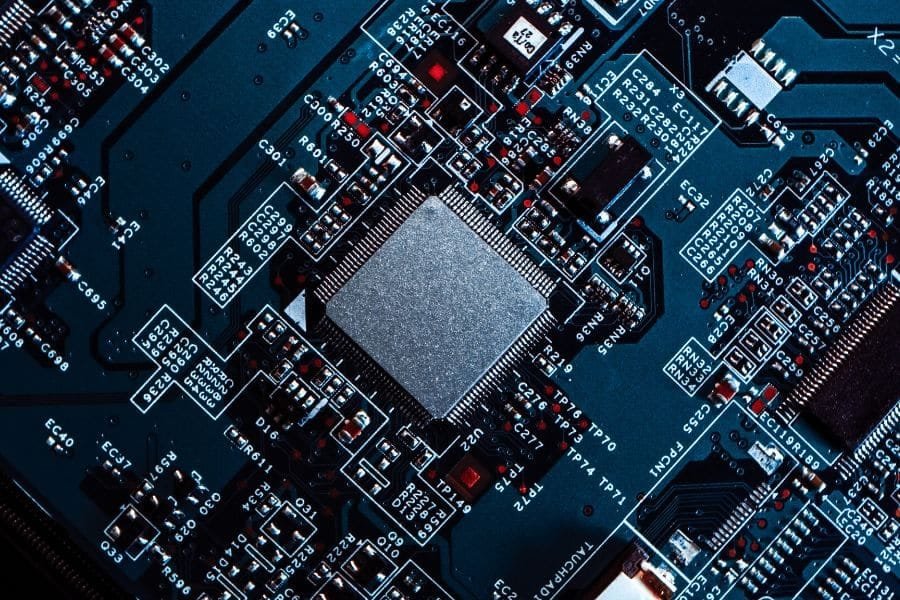
Accelerate Time-to-Market with Rapid Prototyping
In today’s fast-paced electronics industry, speed is a competitive advantage. PCB prototyping compresses development timelines, helping you launch your product faster.
Develop and Test Concepts Quickly
Quick-turn PCB prototypes can be produced in days, allowing engineers to test and refine designs rapidly. For instance, JHYPCB’s rapid prototyping services deliver boards in 1-3 days, compared to weeks for full production. This speed enables faster iteration and validation, shaving weeks off your development cycle.
Gain a Competitive Edge
By accelerating design validation, prototyping helps you bring your product to market before competitors. Being first to market establishes brand leadership and captures market share. For example, a consumer electronics firm using JHYPCB’s prototyping services launched a smart home device three months ahead of competitors, securing a dominant market position.
Stay Ahead with 2025 Trends
As of 2025, advancements in PCB prototyping—such as automated design verification tools and AI-driven layout optimization—are further speeding up development. By leveraging these technologies, you can stay ahead of industry trends and deliver cutting-edge products. Explore our advanced PCB prototype solutions.

Enhance Product Reliability and Quality
Prototyping ensures your PCB design is robust, reliable, and ready for production, leading to higher-quality products and happier customers.
Conduct Comprehensive Testing
A prototype allows you to test your board under extreme conditions, such as high temperatures or heavy vibrations. This helps identify weaknesses, like solder joint failures or component degradation, before they become costly field issues. Thorough testing at this stage enhances long-term reliability.
Detect and Fix Defects Early
Prototyping uncovers latent defects that might not surface until production or field use. For example, a client prototyping a multilayer PCB with JHYPCB identified a ground plane issue that caused intermittent signal loss. Fixing this during prototyping prevented thousands of defective units.
Optimize the Manufacturing Process
Building prototypes also refines your assembly process. You can test solder paste application, component placement accuracy, and reflow profiles to ensure consistency in production. This results in higher initial yields and fewer defects off the production line.
Boost Customer Satisfaction
By delivering a reliable, high-quality product, you reduce warranty claims and enhance customer trust. Prototyping is a proven way to achieve these outcomes, as it allows you to perfect your design before scaling up.
FAQ: Common Questions About PCB Prototyping
How Long Does PCB Prototyping Take?
With JHYPCB’s rapid prototyping services, simple two-layer boards can be delivered in 24-48 hours, while complex multilayer designs may take 3-5 days. Get a quote today.
How Much Does a PCB Prototype Cost?
Costs vary based on board complexity and turnaround time. Basic prototypes start at $50, while advanced HDI designs may cost more. Prototyping is a small investment compared to the cost of production errors.
What Are Common PCB Design Errors Found in Prototyping?
Prototyping often reveals issues like incorrect trace widths, poor thermal management, or component misalignment. Addressing these early ensures a robust final product.
Conclusion
PCB prototyping is an indispensable step in electronics development. It enables you to:
- Validate circuit functionality, dimensions, and specifications.
- Minimize financial risks by fixing issues early.
- Accelerate time-to-market with rapid design iteration.
- Enhance product reliability through comprehensive testing.
At JHYPCB, our state-of-the-art rapid PCB prototyping services help you verify your design with speed and precision. From simple boards to complex HDI prototypes, we deliver professional-grade solutions tailored to your needs. Our expert engineers are ready to support your project with design reviews and technical guidance.
Investing in a PCB prototype is a smart strategy that reduces risks, saves costs, and delivers a superior product. Contact JHYPCB today to start your prototyping journey and bring your innovation to life.
Related Posts
- Why is the prototype PCB manufacturing so important?
- The Cheapest PCB Prototype Manufacturer-Your Best Choice
- Important Things to Consider While Ordering PCB Prototype Service
- Prototype PCB Fabrication Service Price in China
- What Are The Requirements To PCB Prototype Manufacturing?
- How To Buy Prototype PCB Boards?

